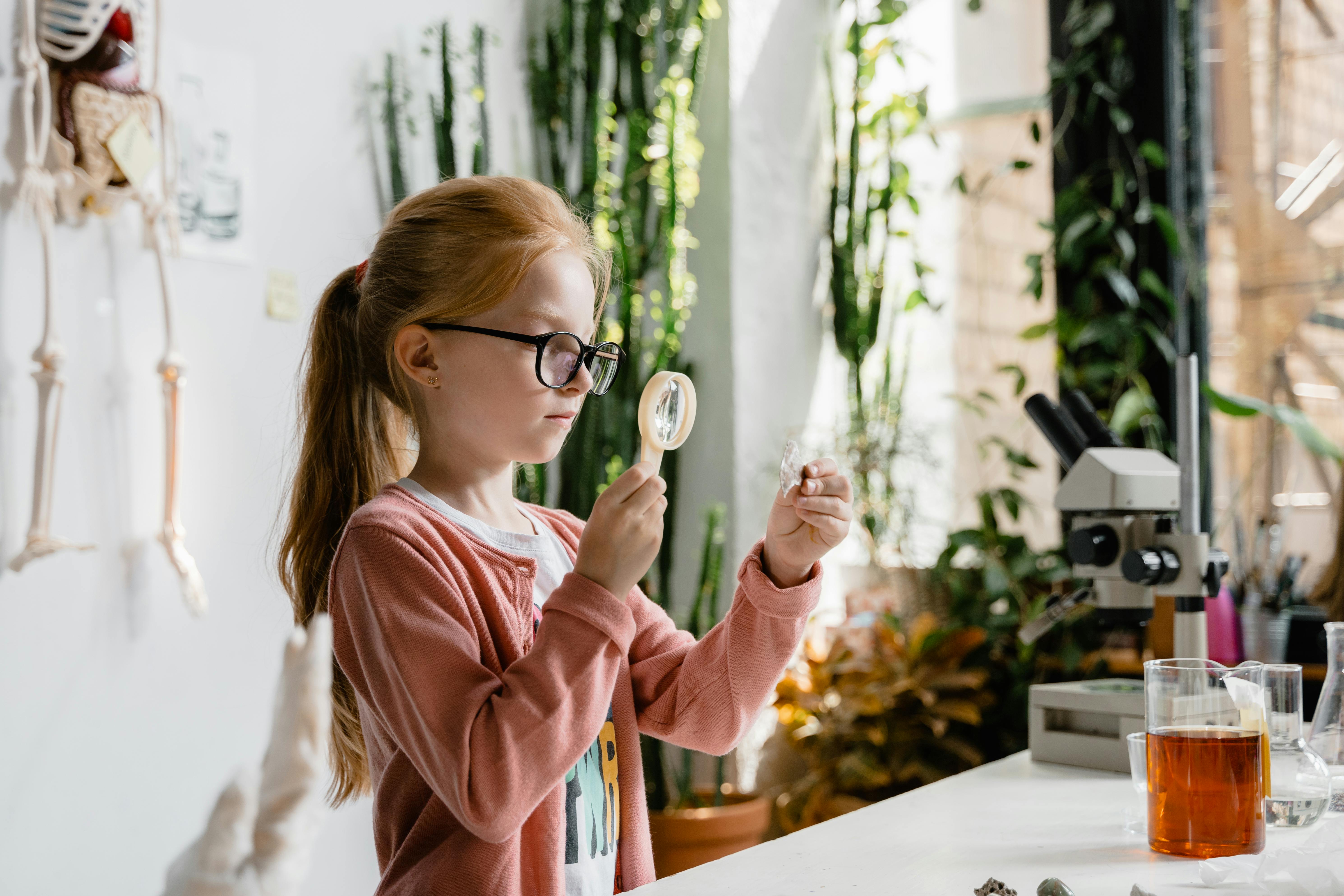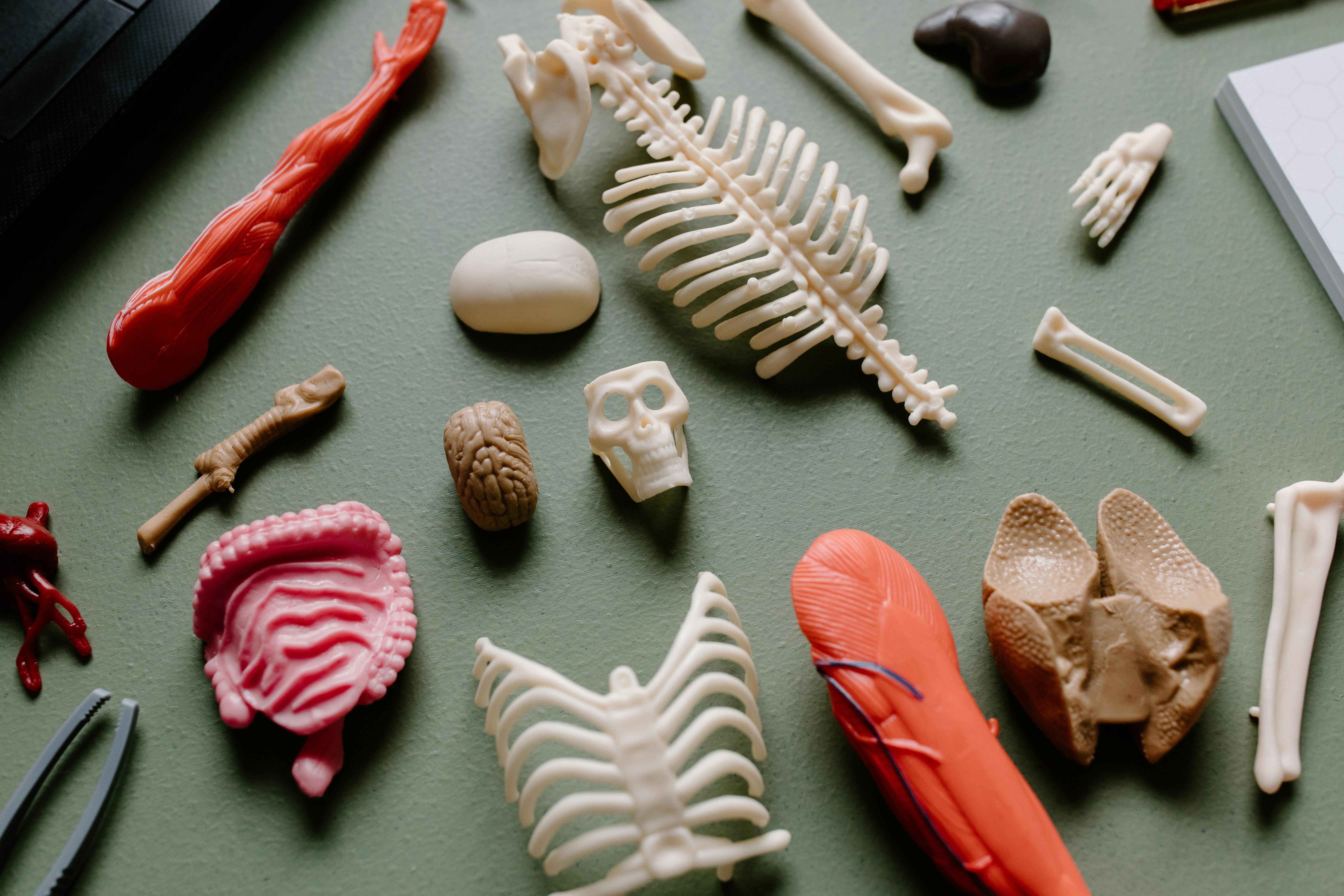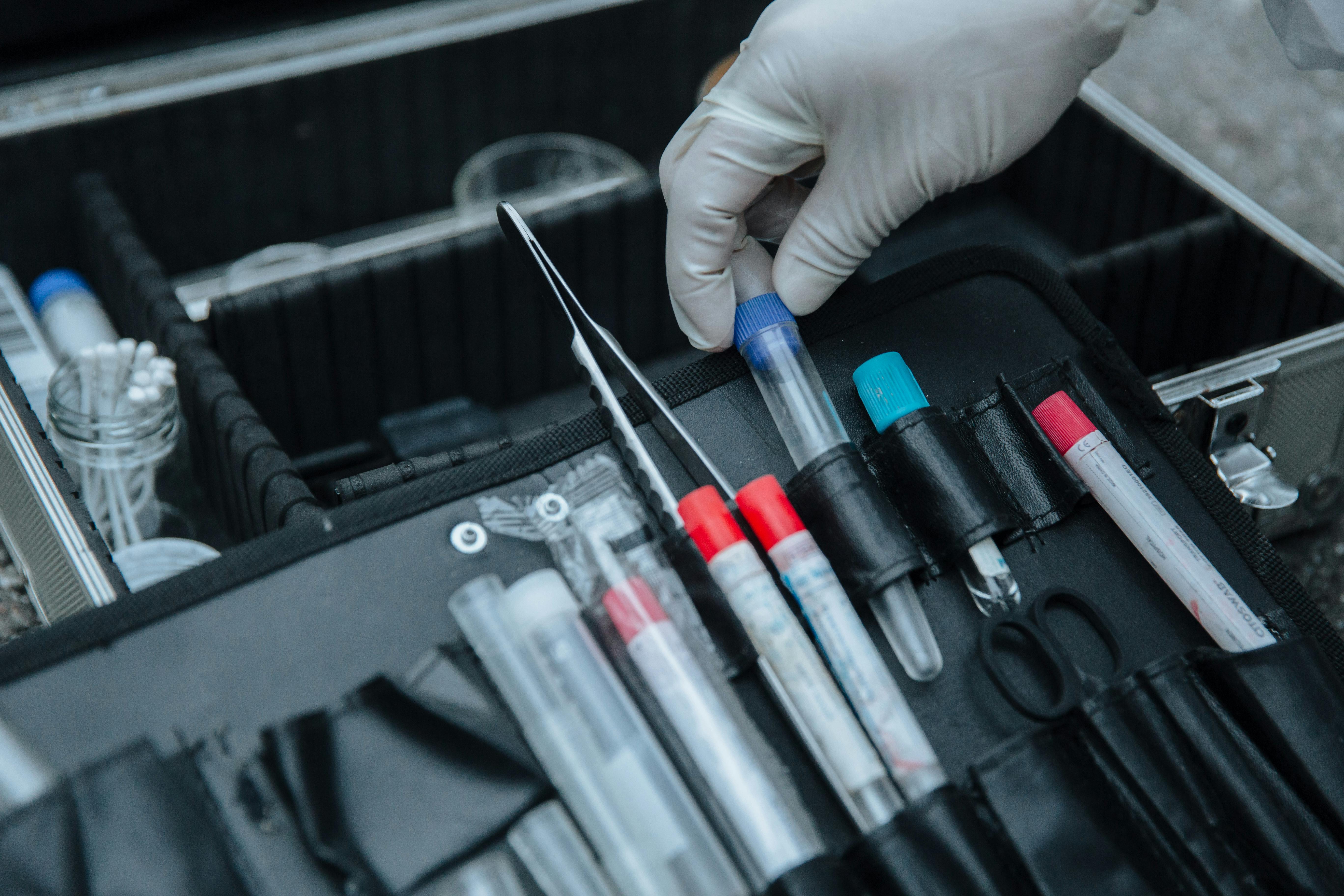Comprehensive Guide to Apologia General Science Lab Kit
Science becomes truly meaningful when students can see, touch, and experiment with the concepts they’re learning. The Apologia General Science Lab Kit provides exactly that—making it an essential companion for homeschoolers and science enthusiasts alike. In this article, you’ll discover the core benefits, practical uses, advanced techniques, and a full implementation guide for getting the most out of your Apologia General Science Lab Kit.

Understanding the Fundamentals
The Apologia General Science Lab Kit is designed to work seamlessly with the Apologia General Science curriculum, bringing theoretical lessons to life. Rooted in the principles of exploratory learning, this kit empowers students to engage with science in a way that’s both educational and memorable.
These fundamentals matter because they bridge the gap between textbook learning and real-world application. For instance, performing an experiment to test density allows students to connect abstract formulas to observable phenomena, solidifying understanding through tactile experience.
1.1 Scientific Inquiry and Observation
Scientific inquiry involves forming questions, creating hypotheses, conducting experiments, and analyzing data. The Apologia General Science Lab Kit enables this cycle through thoughtfully designed materials and instructions. Students not only conduct experiments but also learn to think like scientists.
For example, experiments on the laws of motion help students observe Newton’s principles in action. Common misconceptions, such as thinking heavier objects fall faster, are debunked through these controlled experiments.
1.2 Structured Learning with Open-Ended Exploration
Unlike rigid lab kits, this one provides both structure and flexibility. It includes clearly defined experiments but allows room for additional variables and student-designed trials, making learning adaptive and personalized.
This dual approach—structured labs with exploratory freedom—promotes critical thinking and independent learning, crucial for long-term academic success.
Practical Implementation Guide
Applying the fundamentals of the Apologia General Science Lab Kit in a homeschool or small group setting is straightforward. With proper planning and organization, students can efficiently work through each module while developing a strong foundation in general science.

2.1 Actionable Steps
- Set Up a Dedicated Lab Space: Ensure a clutter-free, well-lit area where all lab components are easily accessible.
- Gather Materials: Double-check the kit inventory and add household items like vinegar, baking soda, or plastic bottles if required.
- Create a Lab Schedule: Align experiment timing with your curriculum modules. Typically, 1-2 labs per week yields optimal retention and understanding.
2.2 Overcoming Challenges
While highly effective, some common issues may arise:
- Missing Components: Always verify kit contents before starting a new unit. Contact the supplier early if replacements are needed.
- Time Management: Some labs may take longer than expected. Plan for buffer periods and avoid back-to-back complex experiments.
- Student Frustration: Not all outcomes match expectations. Use these as teaching moments to emphasize the iterative nature of science.
Expert Tip: Keep a lab journal to track experiment results, challenges, and discoveries. This enhances both comprehension and retention.
Advanced Applications
For students who grasp the basics, the Apologia General Science Lab Kit can be extended to deeper scientific exploration. This is where advanced experimentation and integration with broader STEM concepts come into play.

3.1 Extended Experimentation and Hypothesis Testing
Advanced students can modify standard experiments by introducing new variables or developing their own questions. For instance, altering concentrations in a chemical reaction to study rates can introduce principles from chemistry and physics.
Performance can be measured by the accuracy of predictions, depth of analysis, and completeness of lab documentation.
3.2 Integration with Robotics or Coding
The Apologia General Science Lab Kit also integrates well with technology-based projects. Students can use sensors, timers, or data loggers to automate or enhance experiments.
Compatibility with platforms like Arduino or Raspberry Pi offers a cross-disciplinary learning experience, merging physical science with coding and robotics.
Future Outlook
As the emphasis on STEM education continues to grow, science kits like this one are evolving to include digital integrations, augmented reality, and AI-based guidance systems. The Apologia General Science Lab Kit is already a forward-thinking product, but it may soon include app-based lab assistants and cloud-based experiment tracking.
To stay ahead, educators and parents should familiarize themselves with tech tools and consider supplementary materials that align with future-ready science education trends.
Conclusion
To summarize, the Apologia General Science Lab Kit:
- Enhances understanding through hands-on experimentation
- Supports structured and flexible learning models
- Prepares students for advanced scientific exploration
This kit delivers lasting educational value for both novice and advanced learners. Start exploring today and transform your science curriculum into an exciting, tactile journey of discovery.
Call to Action: Order your kit, set up your lab space, and begin a science adventure that’s both educational and inspiring.
Frequently Asked Questions
- Q: What is included in the Apologia General Science Lab Kit? Each kit contains lab materials, glassware, tools, and a manual aligned with the Apologia General Science curriculum.
- Q: How do I start using the kit effectively? Begin by reviewing the curriculum, creating a lab schedule, and ensuring you have a clean, organized space to work in.
- Q: How much time should be dedicated weekly? Typically, 1-2 hours per week is sufficient, depending on the complexity of each module.
- Q: Is the kit expensive? Costs vary by supplier, but expect to spend between $70 and $120. The price reflects its comprehensive material list and durability.
- Q: How does this kit compare to others? It stands out for its curriculum alignment, quality of materials, and educational value. Unlike generic kits, it’s designed for structured academic use.
- Q: Is the kit suitable for beginners? Yes, it is ideal for students new to science labs. Instructions are clear and beginner-friendly, yet scalable for advanced use.
- Q: Can this be used in co-ops or classrooms? Absolutely. Many educators use it in small group settings, making it versatile for homeschool co-ops and classroom labs.